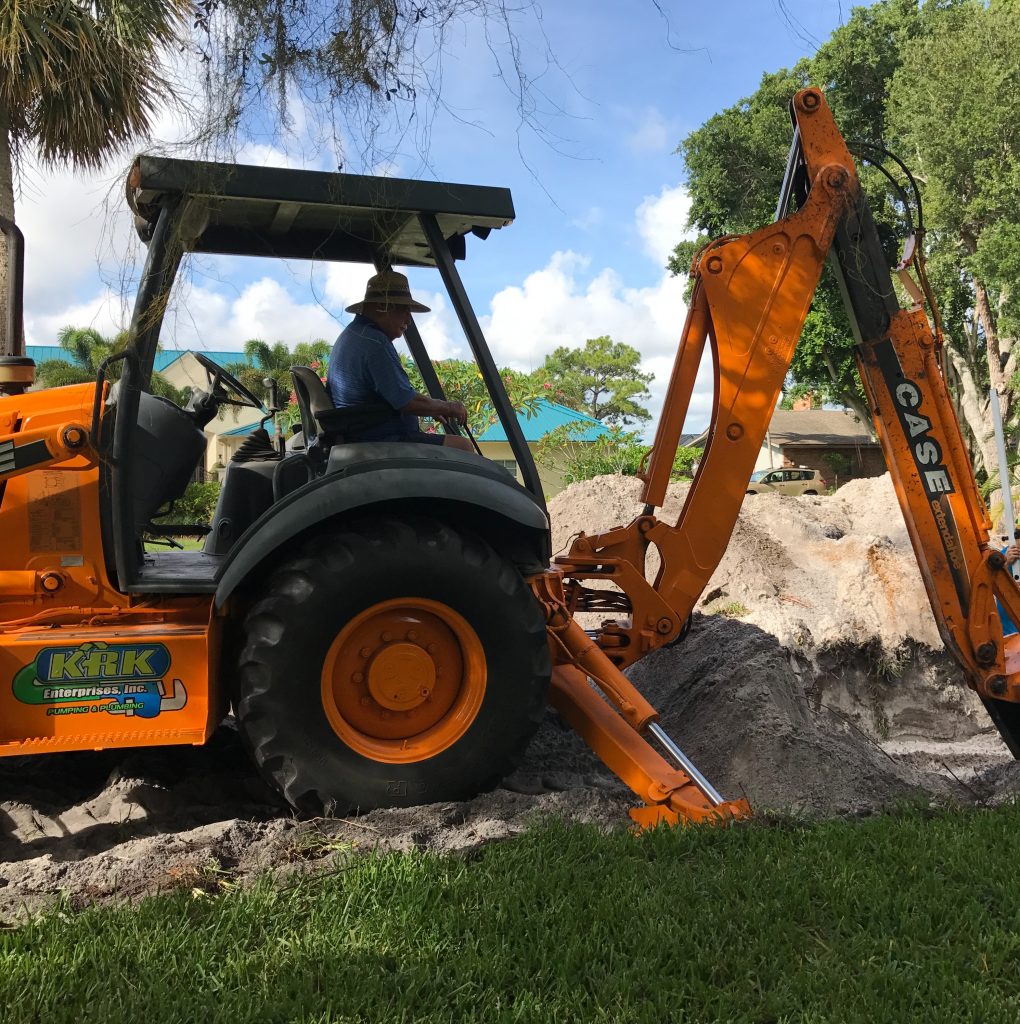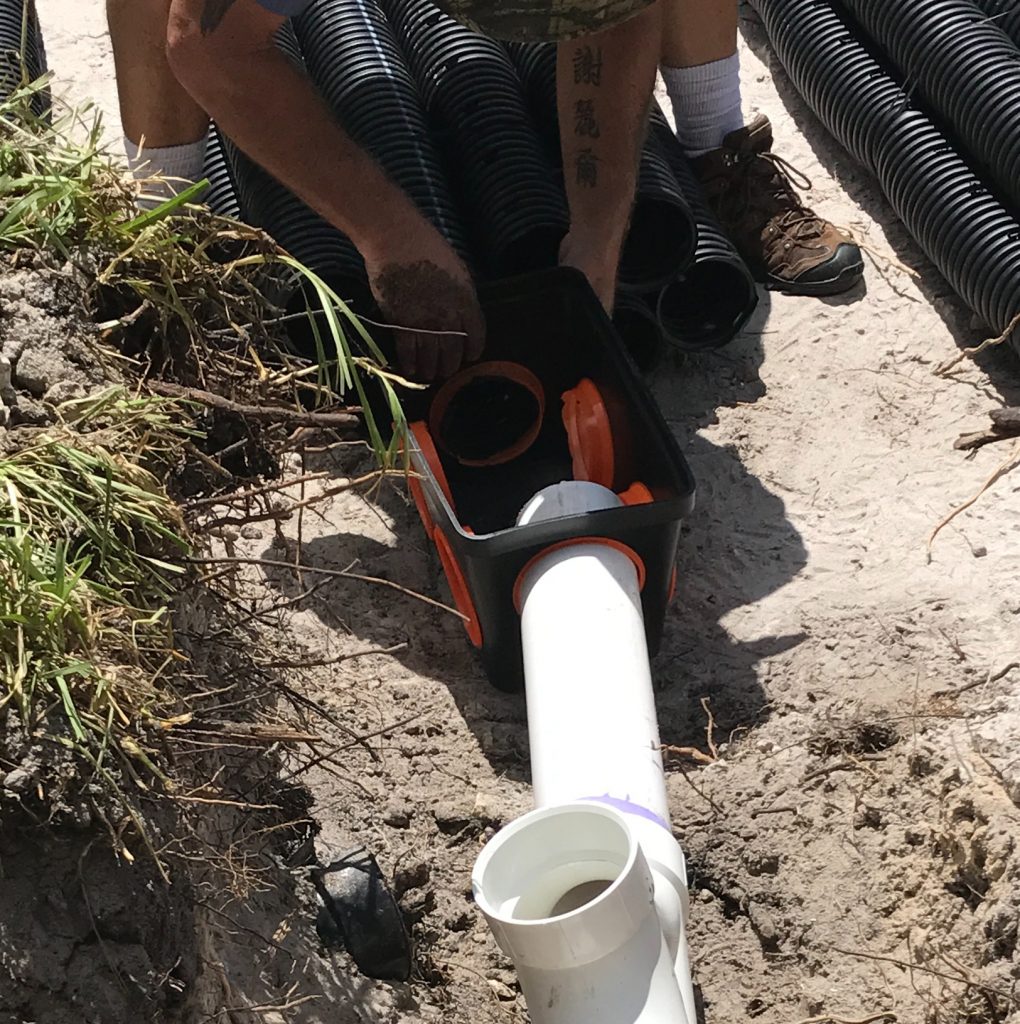
When you have a drain field, how long does it last?
If you’ve always lived in the city, you’ve always had city sewer system for your wastewater. If you live in a rural area, you have a septic system, and a septic system requires a drainfield septic system. What is a drainfield septic system?
A drainfield, also referred to as a leach field or leach drain, is a critical component for a septic system. It is for eliminating and managing the biodegradable or organic waste and impurities that a septic tank releases. As any other part of home maintenance, it requires care, maintenance, and upkeep.
This is a common question for any homeowners having a septic system installed, or anyone purchasing a home with an existing septic system and drainfield. There is not real answer for this question because it will depend on the maintenance routine. The majority of septic system and drainfield failures is lack of maintenance and upkeep.
Another factor that keeps a technician from quoting a specific lifetime is no two drainfields are the same, no two septic system are used the same. Remember, the drainfield takes whatever a septic tank drains. If the drainfield gets blocked up, the complete septic system can back up onto the ground and into your home. A messy situation that you don’t want to experience.
A septic system that is well-maintained can last 50 years or longer. With poor maintenance or improperly installed pipes a drainfield can fail in weeks, even days. On the average, a drainfield with a conventional septic system has a lifespan of approximately 20 years. Additional ways to keep a drainfield in optimum operation are
- Never drive heavy equipment or machinery over a drainfield
- Never dump unsafe items in the septic system
- Use appropriate cleaning chemicals for routine maintenance
- Have septic system inspected and cleaned by a professional once a year minimum
Why is knowing how to find drainfield important?
If you have just purchased a property with a septic system, you may not know where the drainfield is located. Before you get too comfortable with the layout of your new property, you need to locate the drainfield. It may need work to extend the life and any of the following can permanently damage your drainfield:
- Drive a car or heavy machinery over the lines will crush them.
- Building a driveway, house, shed, etc. over a drainfield will make repairs difficult.
- Drainfield landscaping doesn’t exist if you want a proper working septic system.
Unfortunately, this isn’t always easy. These three things can assist in locating your drainfield:
- Look at the yard. Ideally, there shouldn’t be any indication of a drainfield in your yard, but if you don’t know the property, you need to look. Extreme green grass or dead grass can be indicators of a drainfield, as will depressed areas.
- Check the septic records from the previous owner, the permitting authority, the builder, designer, or the installer.
- Probe the yard for gravel. Gravel is used to bury a drainfield’s lines. This is where wastewater treatment process is starts, so finding the gravel can be an indication where the drainfield is located.
Can a septic drain field be repaired?
When sewage is backing up into your house, or the backyard starts to stink, those are indications that you have either drainfield or septic system problems. Depending on what kind of problem you’re having, there are some big decisions to be made: repair or replace.
A broken pipe can usually be patched, which can cost $200 to $300, maybe less. However, if the drainfield has damage, it can be repaired, for around $2,000 or up to $10,000.
Is drainfield failure irreparable?
In most cases, when a drainfield fails, this usually means the lines have been broken or crushed. This means replacement of some of the lines or the entire system. Possibly, the drainfield could bee rejuvenated. What is drainfield rejuvenation? Drain field rejuvenation is a money saver when you compare the cost of replacing the drain field. What is involved in rejuvenation, aka a tune-up?
- Proper tank pumping
- Cleaning the drain field lines by jetting
- Install a washing machine
- Insta effluent filters

Are there Drain Field Alternatives?
In place of a drain field some options to be considered start with a RSF system (recirculating sand filter) or a peat system. Instead of a septic system, go with an alternative toilet system. A composting toilet uses little to no water and operates on batteries or electric power. They can operate self-contained or can be connected to an individual composting system.
It is important to realize that one isn’t any less or more important than the drain field vs septic tank. Both need each other and if one is malfunctioning, the other can’t function as intended. Call 800-330-7686 today for your drain field installation in Fort Pierce and Port St. Lucie, Fl.

